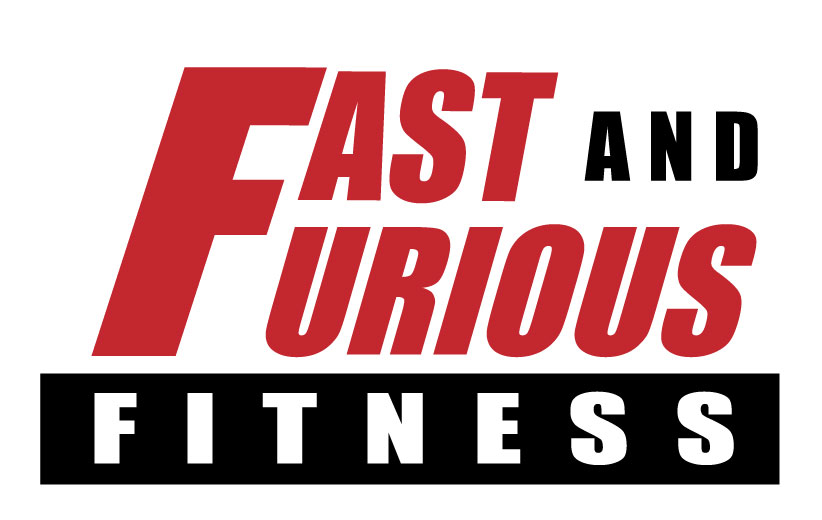Most people aren't entirely clear on what exactly isometric exercises entail. And that's understandable, as they are rarely discussed or talked about in the "muscle media" these days. Let's take leg training as an example: - I mean, how often have you seen a personal trainer advocating exercises where you stay in a certain position and don't move, as opposed to doing an "accepted" exercise such as the "leg extension" (which is actually an awful exercise in my opinion)?
Briefly then, isometric exercises are those in which you hold your body in a certain disadvantaged position, and hold for time. They also encompass exercises wherein you push or pull against an immovable object, thereby building a type of strength in the muscles, ligaments, joints and tendons that you wouldn't while doing other exercises.
Isometrics can be a great way to develop one's strength and endurance in certain positions. Done correctly, isometric exercises can also help strengthen muscles that are weak to "get them up to speed" for other exercises.An oldie, but goodie, is holdiing the "chair" position against a wall. This one is simple - simply find a wall, line your back up against it, and then "sit" down such that you are forming a "chair" with the wall - and hold for time. Sounds simple enough to do? Not advanced enough? Well, I have this to say - TRY it before you knock it! Most folks canot do more than 10 seconds of this exercise - and remember there are far more advanced variations as well.
So, should you include isometric exercises in your program? Most definitely. However, I don't believe they should be the cornerstone of your program - nor should they be the "base" upon which you build.
There are many reasons behind this, but the #1 reason is that isometrics do not lend themselves well to "cardiovascular" training. Most of the exercises I advocate (and DO) ensure that you get a kick-butt strength-cum-cardio workout in very little time - but isometrics, due to the nature of the exercises don't quite fit the bill. Do them, and you'll see why I'm saying this.
As for me, I personally do not a LOT of isometric holds in my own training, but I'll include them sometimes just for a change. I'll do them sometimes at the end of my workout, or mix it up a bit and include some isometric holds in the middle of my workout (for a "rest"). And it works great for me.
So, bottom line - include isometric exercises into your routine, but don't rely solely upon them. Mix them into your routine wisely, and you'llstrengthen your muscles in a whole different manner altogether.
Best Regards,
Rahul
PS #1: You really should check out Fast and Furious Fitness if isometric training is something that interests you.
PS #2: We're going to have an online payment facility up on the site VERY SOON wherein you can order your product online and pay via credit card - stay tuned for this!
